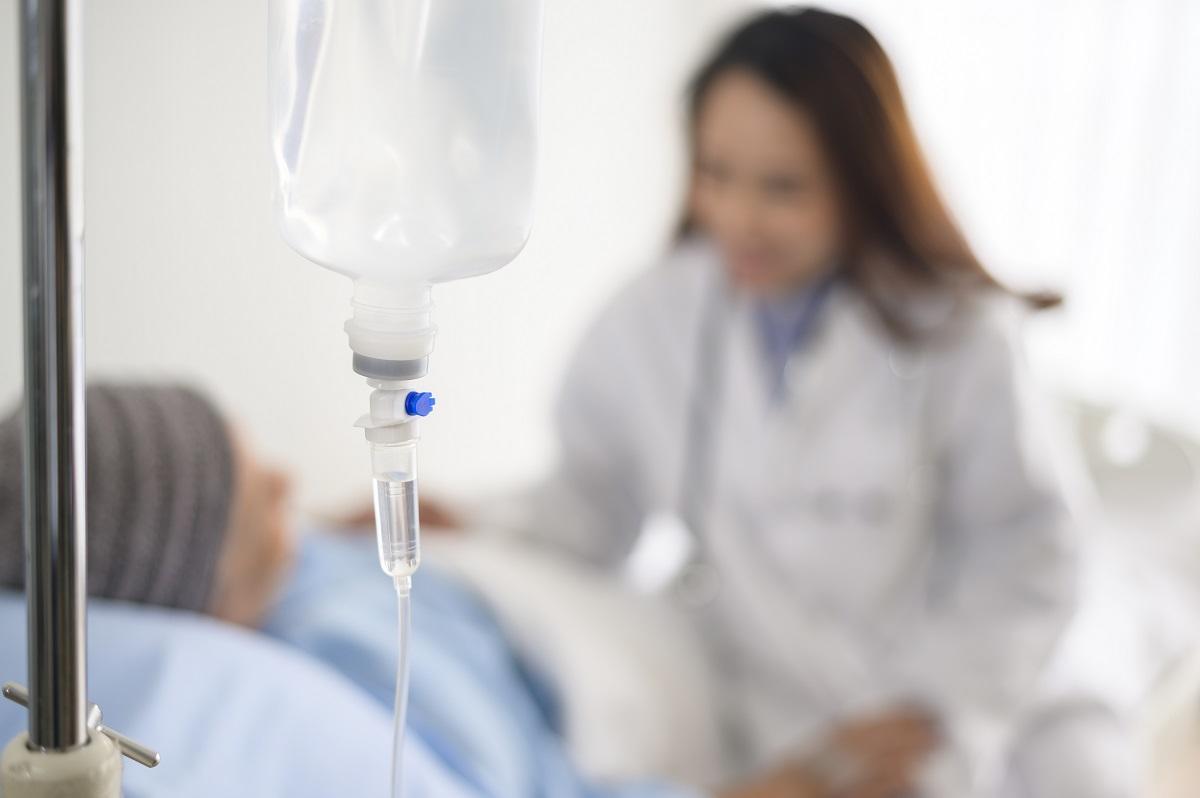Drug resistance is a chronic obstacle in cancer treatment. Scientists have long tried to answer this elusive question: How do some cancer cells develop resistance to compounds used in chemotherapy treatments?
Now, a new research study is providing a fresh lens to examine this significant global challenge – and suggests targeting metabolic vulnerabilities to perhaps eventually overcoming the lethal phenomenon of chemoresistance.
Published in Cell Reports, the collaborative work led by Dr. Julie St-Pierre’s lab at the uOttawa Faculty of Medicine took an uncommon tactic in exploring drug resistance in breast cancer treatment. Instead of the typical approach comparing therapy-resistant cells to therapy-sensitive cells, the team aimed to model the evolution of chemotherapy resistance over the passage of time.
This comes from the observation that drug concentrations within solid tumours decrease with the amount of distance from blood vessels. During initial treatment, cancer cells located further away from blood vessels are exposed to lower doses of drugs. Eventually, they are submitted to higher doses as vessel-proximal cells are extinguished over time.

“Our approach to chemotherapy resistance is novel because we considered the phenomenon as a dynamic rather than spontaneous event.”
Dr. Yannick Audet-Delage
— First author
What they found was highly compelling. First author Dr. Yannick Audet-Delage says the team’s results suggest that exposure of cancer cells to sublethal doses of chemotherapeutics increases the resistance of cell populations to higher doses of drugs, promoting the acquisition of therapy resistance.
“Our approach to chemotherapy resistance is novel because we considered the phenomenon as a dynamic rather than spontaneous event,” Dr. Audet-Delage says. “These results support the use of more intense treatment modalities, such as dose-dense chemotherapy regimens, to help prevent the development of therapy resistance in patients.”
This rigorous work was Dr. Audet-Delage’s main paper as a postdoctoral fellow. It’s tied to a prestigious career transition award he was recently awarded by the Cancer Research Society. That highly competitive grant program, dubbed the Next Generation of Scientists Award, is designed to support Canada’s most promising postdoc researchers on their path to becoming tomorrow’s top cancer researchers.
Using a systems biology approach combined with high level analyses, the uOttawa-led research team strived to better understand observations made during a study Dr. St-Pierre’s lab published in the scientific journal eLife in 2021. In the new Cell Reports paper, the team focused on the mechanisms of solute carrier proteins (SLCs), which mediate the transport of a range of solutes across cellular membranes.

“By studying the evolution of therapy resistance acquisition in cancer cells, we have gained important knowledge about the molecular mechanisms implicated during therapy resistance acquisition.”
Dr. Julie St-Pierre
— Canada Research Chair in cancer metabolism and full professor at the uOttawa Faculty of Medicine
They ultimately found that therapy-resistant cells showed higher expression of two genes dubbed SLC38A7 and SLC46A1 – and elevated expression of these SLCs in breast tumours correlated with reduced survival. Conversely, reduced levels of these transporters diminished the proliferation of cancer cells.
These impactful observations about SLCs, which are increasingly emerging as targets for therapeutic interventions across a range of disciplines, could potentially lead to new cancer treatment approaches down the line.
“By studying the evolution of therapy resistance acquisition in cancer cells, we have gained important knowledge about the molecular mechanisms implicated during therapy resistance acquisition. In addition to the known major mechanisms of resistance, we identified several cellular programs that are solicited at different timepoints during the acquisition of resistance, revealing new potential treatment opportunities,” says Dr. St-Pierre, a Canada Research Chair in cancer metabolism and full professor at the uOttawa Faculty of Medicine.
What’s next for the research team? Since this study suggests that targeting metabolic vulnerabilities in tumours could improve the efficacy of treatments, they aim to pursue translational work exploiting the metabolic dependencies of tumors.
“The overarching goal of our laboratory is to find actionable metabolic vulnerabilities to decrease tumour burden in patients,” Dr. St-Pierre says.
The collaborative study was completed with the expertise of Dr. Peter Siegel, an expert on cancer metastasis at McGill University, and Dr. Arvind Mer, a bioinformatician at the University of Ottawa. It was funded by the Terry Fox Research Institute and the Quebec Breast Cancer Foundation.
Media requests: [email protected]
